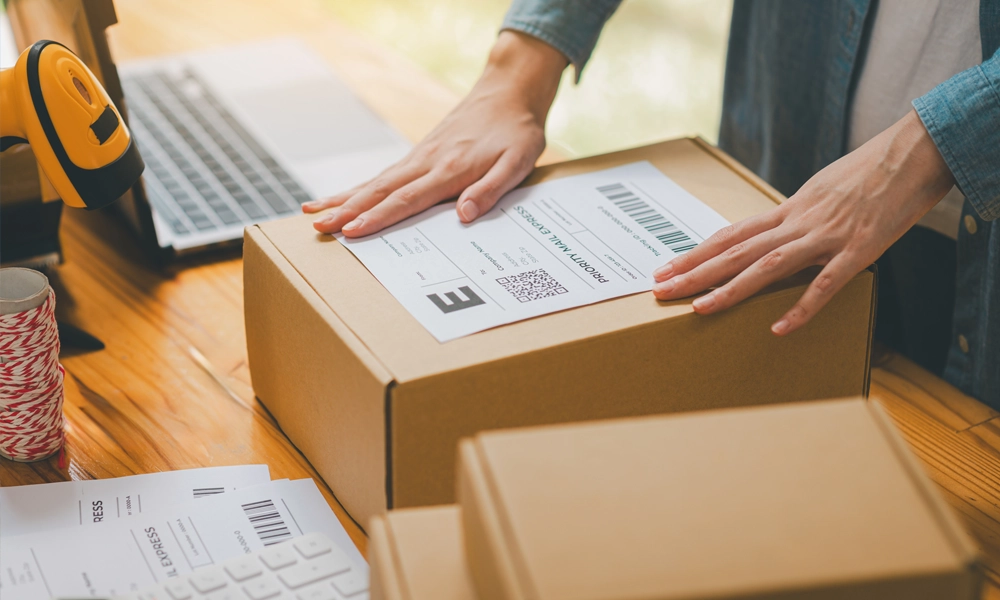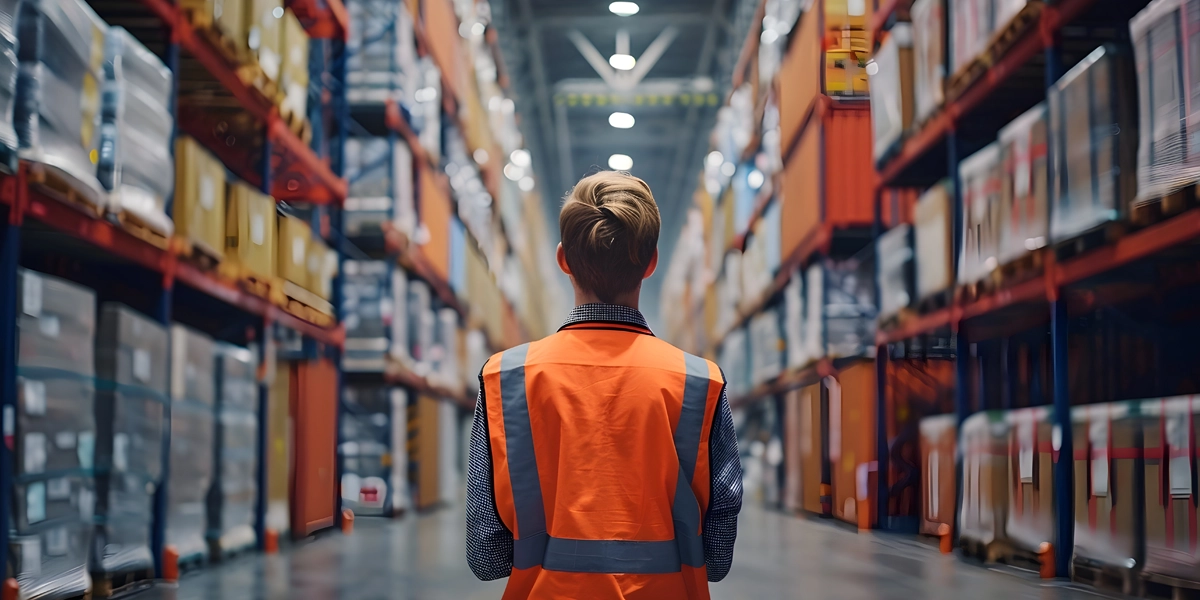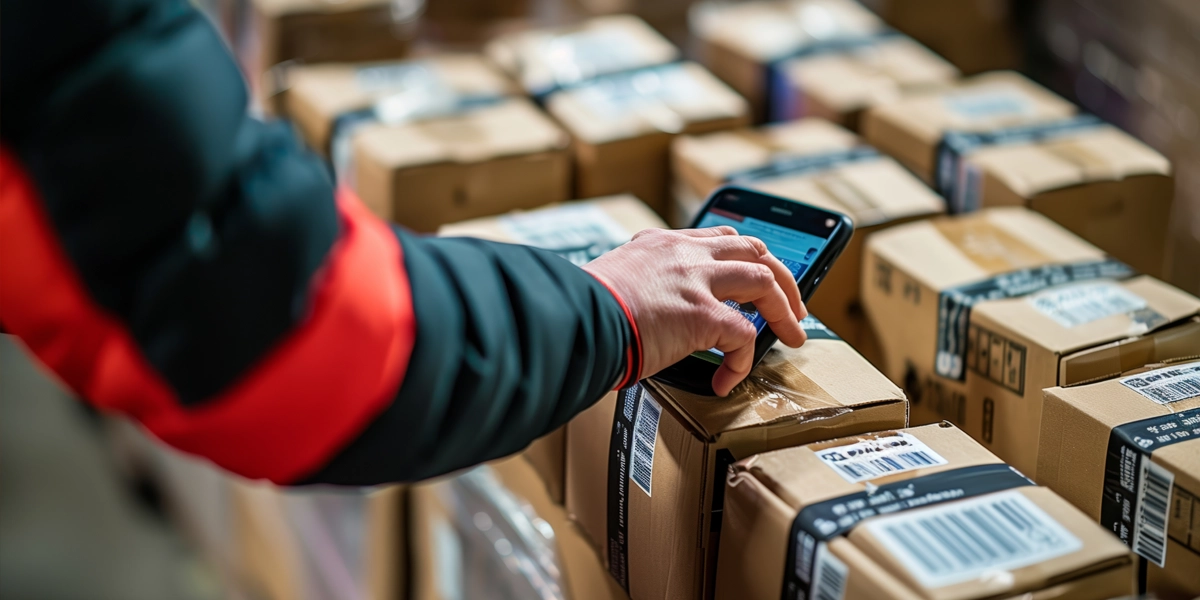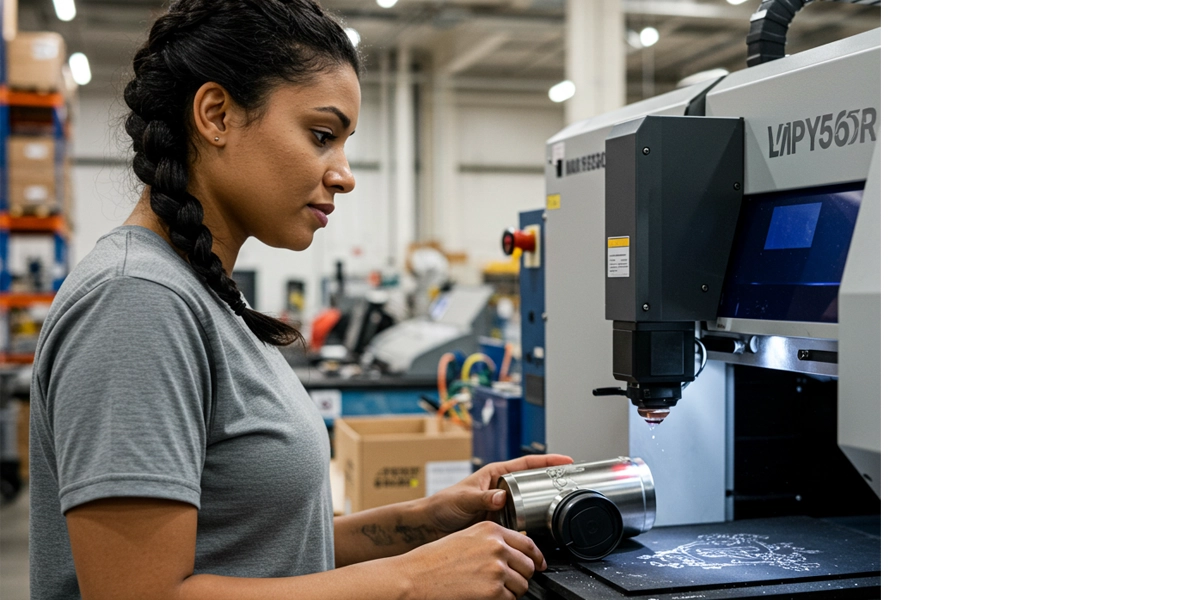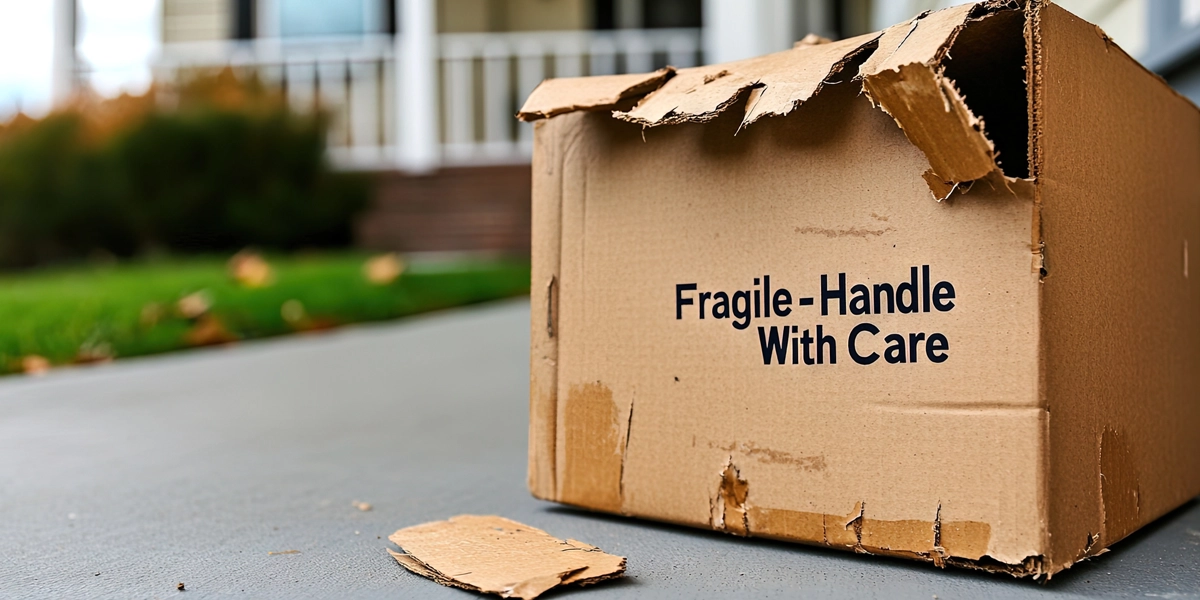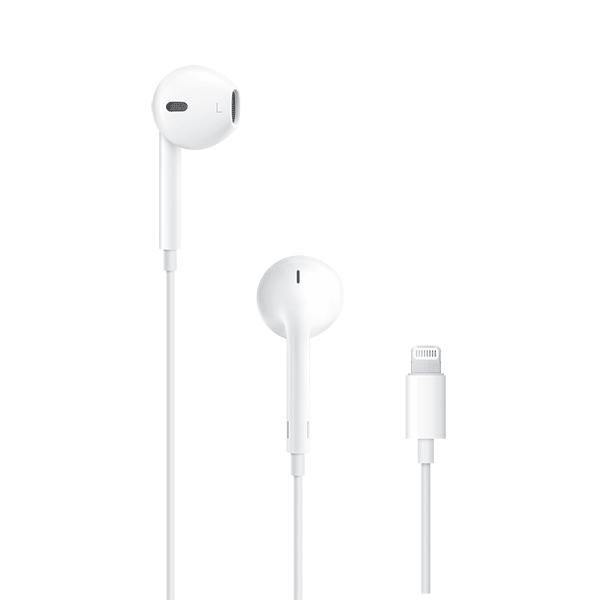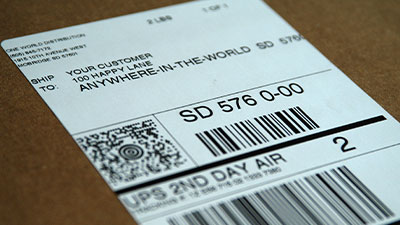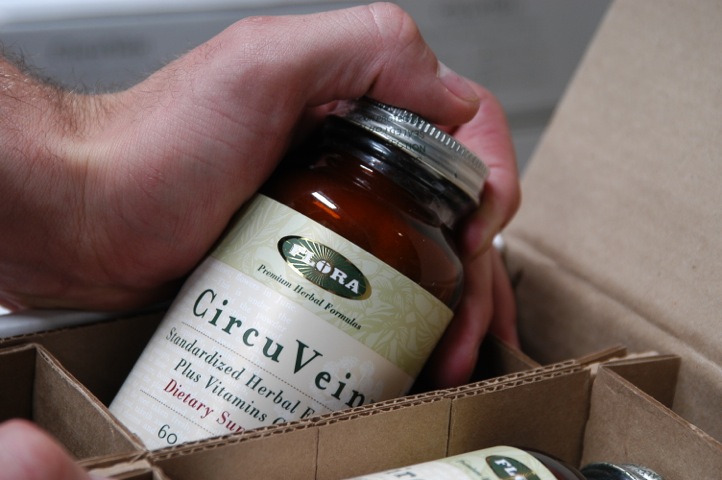In This Article:
The landscape for ecommerce is poised to change dramatically in challenging ways if President-elect Donald Trump goes forward with implementing new tariffs on imported goods from China, Mexico, Canada, and other countries.
While circumstances obviously could change between now and the Jan. 20 inauguration, President-elect Trump has been consistent in saying he will impose a 25 percent tariff on all imports from Canada and Mexico, as well as an additional 10 percent tariff on top of all existing tariffs on imports from China.
Given suggestions that the tariffs could be enacted quickly after President-elect Trump takes office, they may be a near-horizon pressing issue for ecommerce brands, e-tailers, manufacturers, and others whose supply chains depend on components and products imported from countries being targeted.
That list of affected countries could grow quickly as the President-elect has suggested adding 100 percent tariffs on BRICS countries – a group of nine nations whose acronym derives from members Brazil, Russia, India, China, and South Africa – if that bloc moves to replace the U.S. dollar as the standard reserve currency worldwide.
What Is a Tariff Exactly and How Does It Work?
Tariffs are familiar to those in ecommerce and supply chain management who work in a global system – but perhaps not familiar to everyone.
“Tariff is just a fancy word for tax: It’s just a tax on anything that comes into this country from overseas,”
Peter Simon, a professor of economics at Northeastern University
In a post on the university’s website Simon compares tariffs to the sales tax consumers pay when they buy something, noting that in the case of tariffs, the tax is paid by the companies importing goods.
As with sales tax and income tax, the money collected goes to the government, but the goal of tariffs isn’t to raise money for the government. Instead, tariffs are more of a leverage tool, meant to raise the price of foreign goods that are often cheaper than comparable goods produced in the U.S., thus leveling the playing field when it comes to importing components as part of the supply chain and reducing unfair competition for U.S. manufacturers and businesses.
“By imposing a tax on foreign products, it raises their prices, which can help U.S. companies face less competition from cheaper goods made in other countries,” Xiaolin Shi, an assistant teaching professor of economics, said in the Northeastern University post.
Leaving aside the deep dive into the economics of tariffs and tariff wars, the result is that consumer goods often become more expensive.
How Tariffs Would Affect Ecommerce and the Supply Chain
Supply Chain Brain, the supply chain management information resource, foresees “huge impacts” on supply chains from the proposed tariffs and next Trump administration generally – with significantly higher costs on imports getting passed on to consumers.
 The apparel industry, for which One World Direct provides 3PL fulfillment and product personalization services, is a sector that could be hardest hit, in part because U.S. manufacturers can’t easily or quickly replace the imported finished goods or raw materials.
The apparel industry, for which One World Direct provides 3PL fulfillment and product personalization services, is a sector that could be hardest hit, in part because U.S. manufacturers can’t easily or quickly replace the imported finished goods or raw materials.
Sebastien Breteau, founder and CEO of consumer product quality control company QIMA, tells Supply Chain Brain that the low unemployment rate, combined with trends and pressures on immigration, means a shortage of workers for factory jobs in the apparel industry.
As a result of these pressures, passing on higher costs to consumers may be the only option available to brands, retailers, and e-tailers.
PCWorld presented a scenario involving a hypothetical Chinese-made Blu-ray player that a retailer would buy for $100 and sell for a 30 percent markup. Without tariffs, the cost to the consumer would be $130. Add a 60 percent tariff and assume that cost is passed on and the markup remains at 30 percent, and the retail cost becomes $208.
In a report released the day before the election, the National Retail Federation projected the impact of two tariff scenarios Trump was suggesting as a candidate – a universal 10-20 percent tariff on imports from all foreign countries and an additional 60-100 percent tariff on imports specifically from China.
The report, entitled Estimated Impacts of Proposed Tariffs on Imports: Apparel, Toys, Furniture, Household Appliances, Footwear and Travel Goods, looked at the impact of those scenarios on six consumer product categories: apparel, toys, furniture, household appliances, footwear and travel goods.
Key findings cited in National Retail Federation summary of the report included:
- The proposed tariffs on the six product categories alone would reduce American consumers’ spending power by $46 billion to $78 billion every year the tariffs are in place.
- Consumers would pay $13.9 billion to $24 billion more for apparel; $8.8 billion to $14.2 billion more for toys; $8.5 billion to $13.1 billion more for furniture; $6.4 billion to $10.9 billion more for household appliances; $6.4 billion to $10.7 billion more for footwear, and $2.2 billion to $3.9 billion more for travel goods.
- The increased costs as a result of the proposed tariffs would be too large for U.S. retailers to absorb and would result in prices higher than many consumers would be willing or able to pay.
We’ve Been Here Before … Many Times
The debate about tariffs generated by President-elect Trump’s promise to institute a new round may make this economic and foreign policy tool seem new, or new again, but tariffs are actually as old as the nation itself.
A paper entitled “A Brief History of Tariffs in the United States and the Dangers of their Use Today,” published in the Fordham Journal of Corporate & Finance Law in 2019, explains that the Tariff Act of 1789 was among the first acts signed into law by the first Congress.
 Alexander Hamilton supported the Act as a way to protect the burgeoning American manufacturing sector from foreign competition, and to promote industrial growth over the long term, the Fordham paper says. Another goal was to raise revenue for the federal government, and in some years in the 19th Century, tariffs provided as much as 95 percent of the government’s revenue – no longer a priority for tariffs after the adoption of the income tax.
Alexander Hamilton supported the Act as a way to protect the burgeoning American manufacturing sector from foreign competition, and to promote industrial growth over the long term, the Fordham paper says. Another goal was to raise revenue for the federal government, and in some years in the 19th Century, tariffs provided as much as 95 percent of the government’s revenue – no longer a priority for tariffs after the adoption of the income tax.
We’ve been here before much more recently, too, when the first Trump administration imposed nearly $80 billion in tariffs on thousands of products valued at approximately $380 billion in 2018 and 2019, according to the Tax Foundation, a nonpartisan tax policy nonprofit.
To be fair, these tariffs might be viewed as either nonpartisan or bipartisan, as the administration of President Joe Biden kept most of them in place, and, in fact, in May 2024, “announced tariff hikes on an additional $18 billion of Chinese goods, including semiconductors and electric vehicles, for an additional tax increase of $3.6 billion,” according to the Tax Foundation, which calls them the Trump-Biden tariffs.
The Foundation says the trade war policies currently in place amount to an average annual tax increase on U.S. households of $625, and that, based on actual revenue collections data, trade war tariffs have increased tax collections by $200 to $300 annually per household.
Finding Bright Spots: What to Do?
Forbes published a helpful survival guide, updated Dec. 1, entitled “How Companies Can Guard Against A Tariff-Related Supply Chain Crisis,” which offered a series of smart proactive measures, including these:
- Seek supply chain alternatives [in countries not expected to be impacted by the tariffs such as Vietnam and Bangladesh]
- Stockpile inventory as soon as possible
- Manage financial impact and offset increased costs by improving operational efficiencies, renegotiating contracts, or adjusting pricing strategies.
- Plan ahead by developing contingency strategies to account for a range of tariff scenarios, modeling how different levels of import duties might affect their pricing, demand, and operations.
We would add to the list investigating and taking advantage of allowances and provisions built into the tariffs like Section 321, a U.S. Customs and Border Protection law that allows for duty-free entry of shipments valued at $800 or less per person per day into the United States, which can provide protection to businesses and e-tailers in certain situations.
Tariffs as an Opportunity to Find Enhanced Revenue Streams With Existing Products
Most of the conventional wisdom concerning the best strategic responses to new tariffs being enacted outline reactive measures, and while those make sense, a more visionary approach would take the challenge and turn it into the new opportunity.
So, while sources in the Forbes story advise reimaging how supply chains are constructed, and resilience and adaptability can help control other costs, at their core 3PLs remain a cost center and not a source of new or enhanced revenues.
Instead, the truly innovative move in the face of possible new tariffs is to find new revenue streams by elevating existing products with personalization options for the consumer. The possibility of new and increased tariffs happens to coincide with an era in which individualism is more of a priority than ever, when digital consumers are looking for opportunities (at any price point) to express themselves through personalized products.
While B2B and DC2 fulfillment are the bread and butter of One World Direct, we also offer clients product personalization services (P2C) as part of the fulfillment process, which makes working with OWD a money-making fulfillment service that leverages your current resources and product lines in a new way.
When we embroider apparel, add laser engraving, direct-to-object printing, and use other processes to personal materials that range from paper, wood, glass and plastics to fabrics, leather, rubber, and metal – we add value that pushes products into a higher-end tier. One byproduct of that critical to the conversation about tariffs is how that elevation lends an opaqueness to perceived price points of goods.
In other words, ecommerce consumers are willing and even eager to spend more for personalized products, which means product personalization can function as a buffer that absorbs some of the cost pressures of tariffs and essentially masks them.
If someone wants loungewear made special and unique with monogramming, whether the cost of the product reflects the value of personalization, or the impact of tariffs, will not be at the front of mind as they head to the cart to check out.
As you plan for the possibility of new tariffs, let OWD’s team of fulfillment and product personalization experts, with more than 30 years of experience, help you navigate the challenges and explore new opportunities to preserve and enhance revenue. You can begin putting a plan in place by talking to one of our experts today.
In This Article:
Subscribe to our Newsletter
Tincidunt urna mauris eu quam vulputate lobortis sit. Purus feugiat arcu nunc quisque massa ut.





